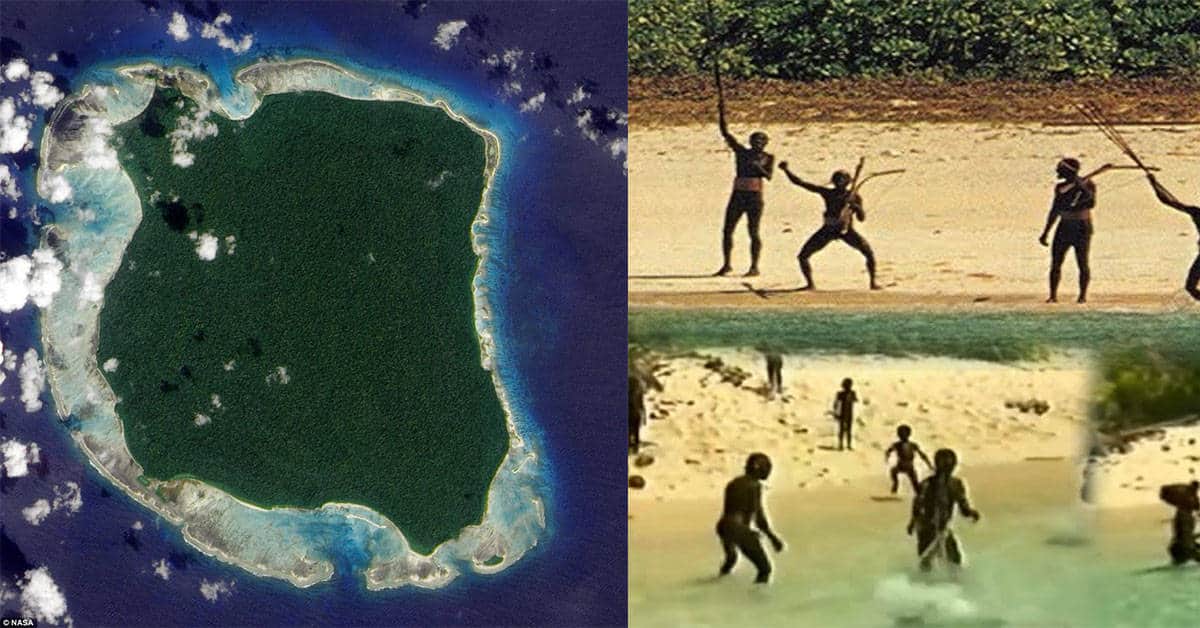Imagine living less than 30 miles from a massive and modern international port city and not having mastery of fire and zero knowledge of life outside of your 20-square mile island. That’s life for the few inhabitants of North Sentinel Island in the Indian Ocean, one of the last true uncontacted civilizations.
An uncontacted civilization isn’t exactly how it sounds as they could have met small bands of “civilized” people, but generally, such civilizations have been met very few times and there is little information on their culture or habits. Most modern governments have adopted a policy of leaving these people be, but that is becoming increasingly difficult in places like the Amazon rainforest.
Just recently, a group of gold miners in Brazil stumbled across some members of an uncontacted tribe gathering eggs near a riverbank. Before long the gold miners were found in a bar bragging about how they slaughtered the tribesmen, threw the bodies in the river, and stole an intricately hand-carved paddle as a trophy.
This is a recent and widely covered story, but there are plenty of massacres that simply go unreported in the depths of the Amazon. Surely some started with violent tribes initiating the attack, but many of the incidents result from poachers or illegal logging activities.

Sustained and Pure Isolation
The uncontacted tribe we are looking at deals with much less interference than the Amazon tribes. There are three big reasons for this. First, the simple fact that the tribe is on a small, isolated island helps keep people from simply walking or driving to the Sentinelese.
Secondly, as we will look at more, the Sentinelese are exceptionally violent. In all but one known encounter, the Sentinelese have attacked visitors. Even a documentary crew bearing coconuts and other gifts eventually had to leave after the director took an arrow to the leg. A helicopter checking on the tribe after the tsunami in 2004 was greeted with a swarm of arrows. The thick jungle and protective barrier reefs that can catch boats give even trespassers armed with guns reason not to go to the island.

Lastly, the island itself has little in the way of resources for miners or loggers to bother about. The reefs are likely full of fish and some illegal fishing has occurred, but rarely do fishermen feel the need to leave the rest of the Andaman Islands.
Put all of this together and the Sentinelese are one of the most isolated uncontacted tribes on earth. We have no notion of their language, what they call us or themselves, or how many there are. The most impressive thing we know about them is that they somehow survived the 2004 Indian Ocean Tsunami, one of the deadliest natural disasters ever recorded, despite being in one of the worst geographical location.

